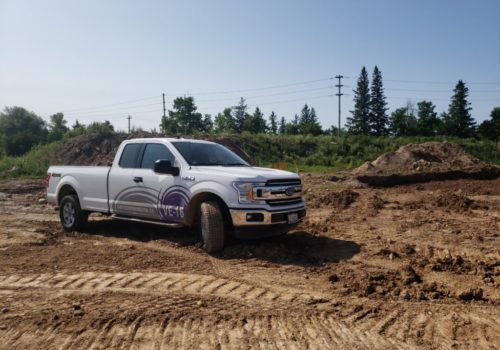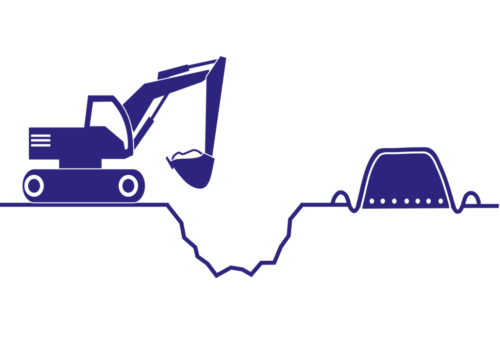
Ex-Situ Remediation
Ex-situ remediation is more than just a shovel and a dump truck! A variety of on-site soil management techniques are employed, and they have one thing in common: cost-savings by avoiding off-site soil disposal.
Ex-situ remediation can be applied to treat: Petroleum hydrocarbons (PHCs), Volatile organic compounds (VOCs), Pesticides, Chlorinated herbicides, Metals, and other recalcitrant contaminants of concern.
Maybe. In Ontario, the government recently developed new Excess Soil Regulations and other jurisdictions are following suit. Soil is now being recognized as a resource, rather than a waste. This change in mindset opens the door to beneficial reuse of soils, resulting in less trucking of soils, and significant cost savings. Also consider: when soils are treated to remove contamination, they are converted from a liability to an asset! Contact Vertex to find out if Ex-situ soil remediation is right for your site.
Ex-Situ Methods
At Vertex, we treat soil ex-situ using a variety of methods, each with their role.
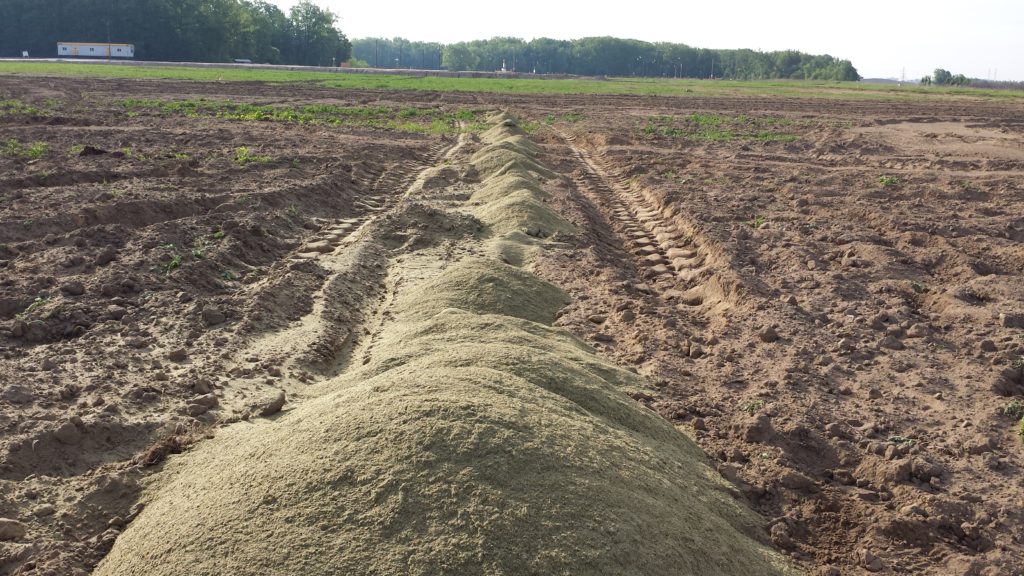
Tilling of Shallow Soils
Tilling is an ex-situ process for the mechanical agitation of shallow soils (down to 1 m below grade). As soils are tilled, amendments are added and blended into the soils to promote treatment of the contaminants of concern. Typical surface soil contaminants remedied by tilling approaches include pesticides (insecticides and herbicides).
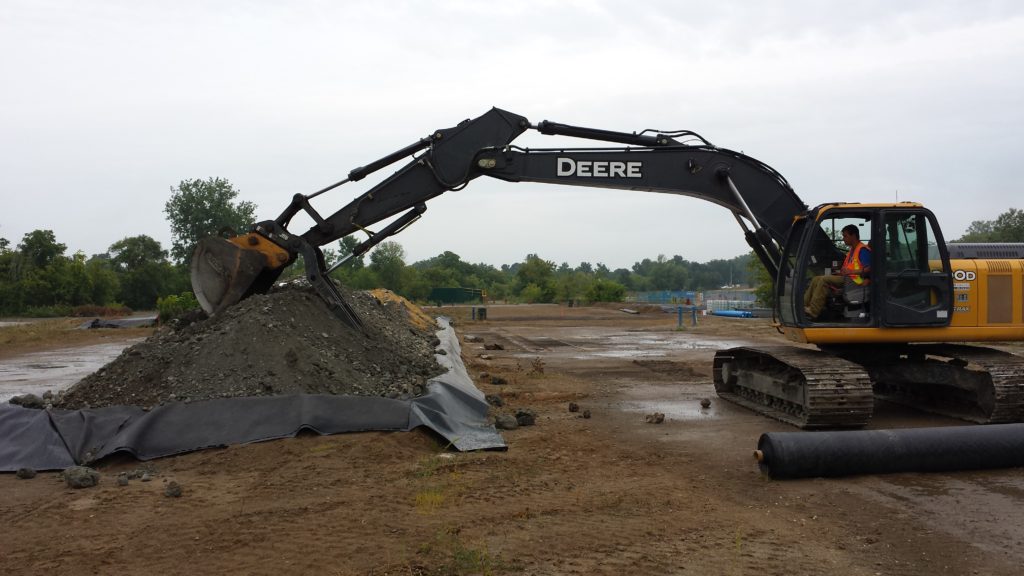
Excavation and Construction of Biopiles
For deeper soils (i.e., more than 1 m below grade), soils are excavated and placed into a biopile for treatment. Biopiles typically consist of an impermeable base with leachate and vapour controls and can range in size from 1 m3 to 10,000 m3 depending on site objectives. Amendments are added to soils to promote biological or chemical treatment of the contaminants of concern. When the applicable standards are achieved, the soils can be removed from the biopile and re-purposed on the site.
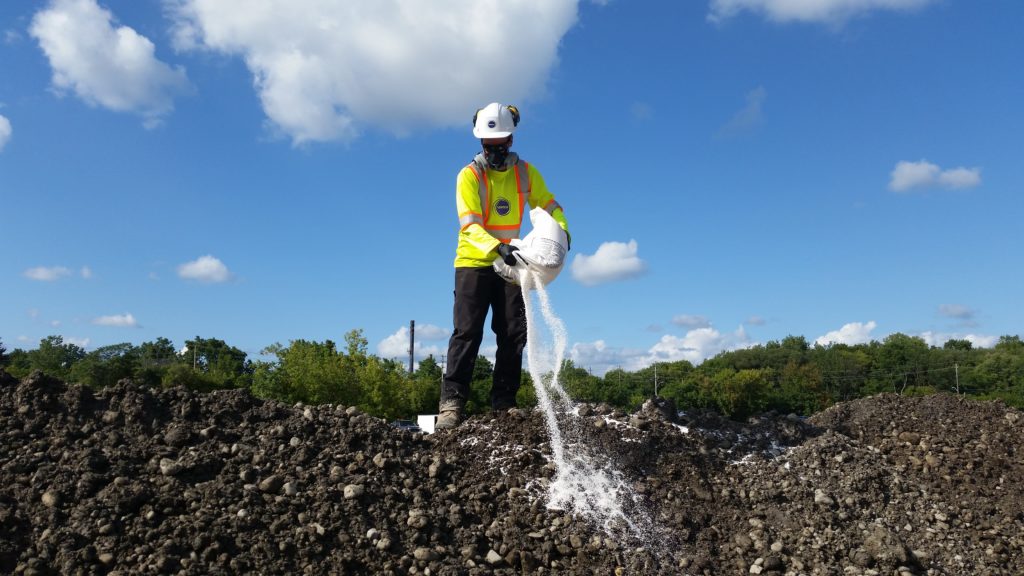
Addition of Amendments
Addition of amendments is used in conjunction with either tilling or biopiles. The types of amendments are determined based on the contaminants of concern. For example, a pesticide site may require Daramend® to promote anaerobic treatment, whereas a PHC site may require addition of oxygen releasing materials to promote aerobic bioremediation. Each site receives a custom dosage of amendments based on the types and quantities of contaminants present.
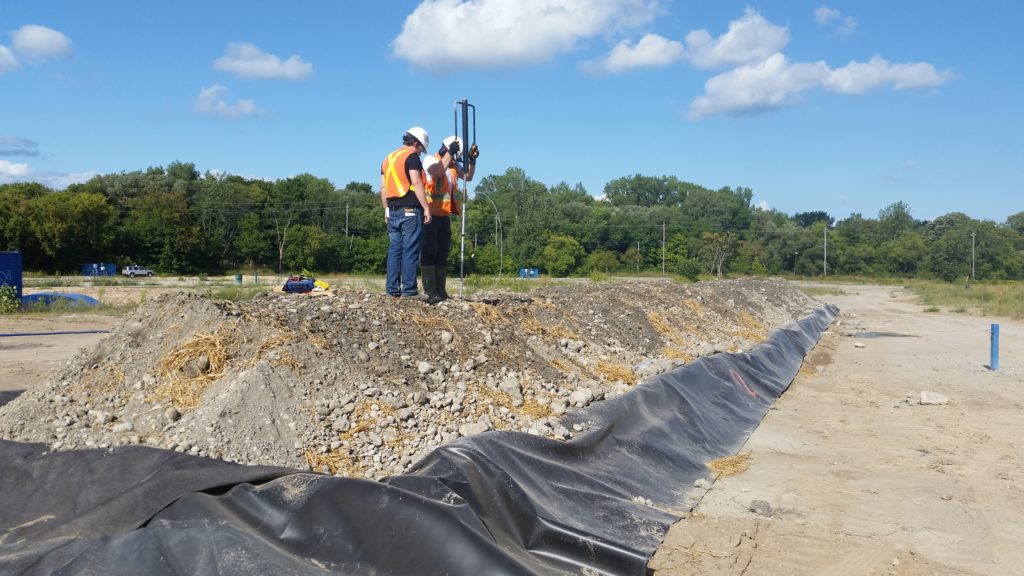
Aeration and Vapour Control
Aeration and vapour control is a component of biopile ex-situ remediation and it can involve the addition of oxygen (i.e., aerobic treatment), the removal of oxygen (i.e., anaerobic treatment), or the capture and treatment of vapours prior to discharge into the natural atmosphere. Vertex has mobile ECA permits for aeration and vapour controls.
![20171128_142523[316]](https://vertexenvironmental.ca/wp-content/uploads/2019/08/20171128_142523316.jpg)
Leachate Treatment
Leachate treatment is a component of biopile ex-situ remediation involving the capture and treatment or disposal of leacheates from a biopile. Vertex has mobile ECA permits for the capture and treatment of biopile leachates.
Benefits of Ex-Situ
Some benefits of our ex-situ remediation methods are:
- Sustainability: Improves soil health and reduces toxicity on site
- Environment: Reduce truck traffic to and from your site
- Efficiency: Ensures direct and immediate contact between contaminants and amendments; ameliorate the unknowns of subsurface geology
- Cost: Save money by treating onsite
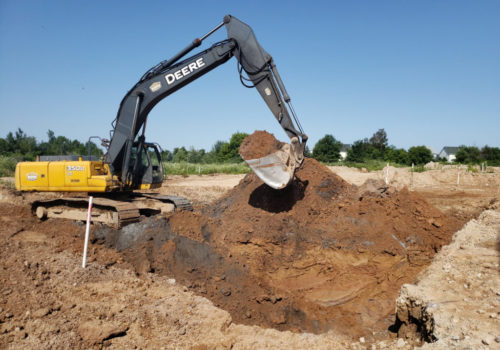
Tools & Experience
Vertex has the permitting, equipment and experience to complete ex-situ remediation on your site. Over the past few years, Vertex completed various projects across South Western Ontario including:
- Soil tilling of a 100+ acres with pesticide impacts at a former agricultural site
- Biopiling of 100,000 m3 of soils with petroleum hydrocarbon impacts at a former industrial site
- Development of stabilization technologies for lead and arsenic at a former shooting range
